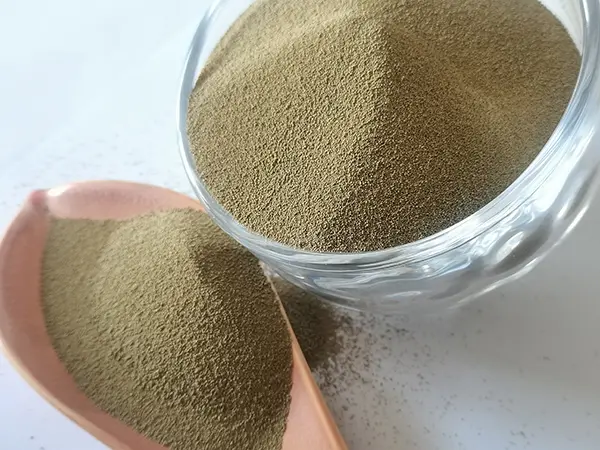The Use of Sand in Resin Applications
Resin has become a popular material in various industries due to its versatility, durability, and the aesthetic appeal it can bring to different projects. Among the myriad of applications for resin, the incorporation of sand is a notable trend that enhances both the physical properties and the sensory experience of the final product. This article explores the benefits of using sand in resin, the types of sand commonly utilized, and the practical applications in which this combination shines.
Enhancing Material Properties
The addition of sand to resin can significantly enhance the material's properties. One primary benefit is the increased strength and durability of the final product. Sand acts as a filler that can improve the structural integrity and resilience of the resin, making it suitable for higher-stress applications. This reinforcement is particularly valuable in construction and manufacturing contexts, where the durability of materials is paramount.
Moreover, using sand in resin can modify the weight and thickness of the mixture, allowing for the creation of products that meet specific requirements. By adjusting the sand-to-resin ratio, manufacturers can fine-tune the density of the material, enabling the production of lightweight components without sacrificing structural integrity. This quality makes sand-reinforced resin an optimal choice for applications in the automotive and aerospace industries, where weight savings can lead to enhanced performance and fuel efficiency.
Aesthetic Appeal and Texture
In addition to the functional benefits, incorporating sand into resin offers aesthetic possibilities. Different types of sand—be it natural, colored, or even synthetic—can provide unique textures and appearances to the final product. The granules of sand create a visually striking speckled effect that can mimic natural stone or beach-like surfaces. This quality has made sand-infused resin a popular choice in art and interior design.
using sand in resin

For instance, artists and artisans often utilize sand in resin to create stunning décor items, such as coasters, tabletops, and wall art. The natural color variations of sand contribute to the organic and earthy feel of these pieces. By playing with different colors and textures, creators can produce one-of-a-kind artworks that resonate with consumers seeking unique home accents. Additionally, the use of sand can evoke feelings of nostalgia, particularly when it mirrors beach scenes or desert landscapes, further enhancing the emotional connection to the artwork.
Practical Applications
The practical applications of sand-infused resin extend beyond art and interior design into various sectors. In construction, the use of sand in resin forms a durable and weather-resistant material that can be utilized for flooring, countertops, and even outdoor furniture. This mixture can withstand the elements, making it suitable for both indoor and outdoor applications.
In the automotive industry, sand-reinforced resin is used in the production of lightweight vehicle components that require high strength without the added weight. The composite materials resulting from this combination are used for everything from body parts to interior detailing, contributing to modern vehicle design.
Additionally, the use of sand in resin is gaining traction in the world of mold-making and casting. The combination allows for the creation of intricate shapes and designs that maintain their form even after curing. This characteristic is extremely beneficial for artisans who need to replicate detailed designs with precision.
Conclusion
The integration of sand into resin not only enhances the functional properties of the material but also provides a unique aesthetic appeal that caters to various consumer preferences. Whether it's for creating durable construction materials, producing stunning art pieces, or developing lightweight components for the automotive industry, the use of sand in resin applications is a versatile and innovative approach. As industries continue to explore new materials and techniques, the partnership between sand and resin is likely to flourish, leading to exciting developments in design and manufacturing.
Post time:دسامبر . 14, 2024 06:19
Next:unik sandstøbning
